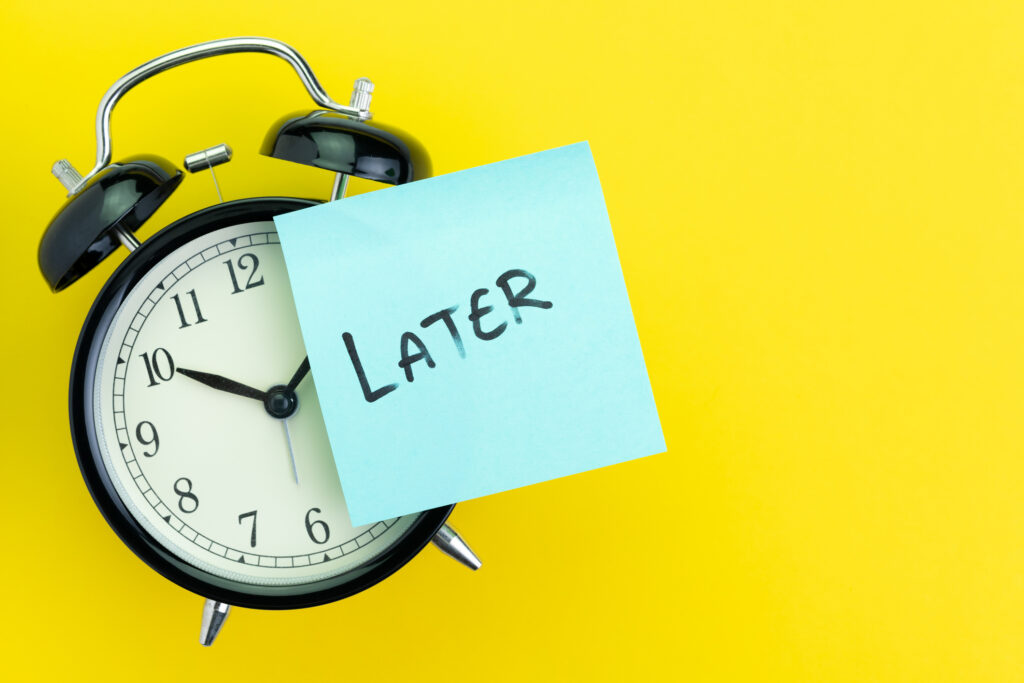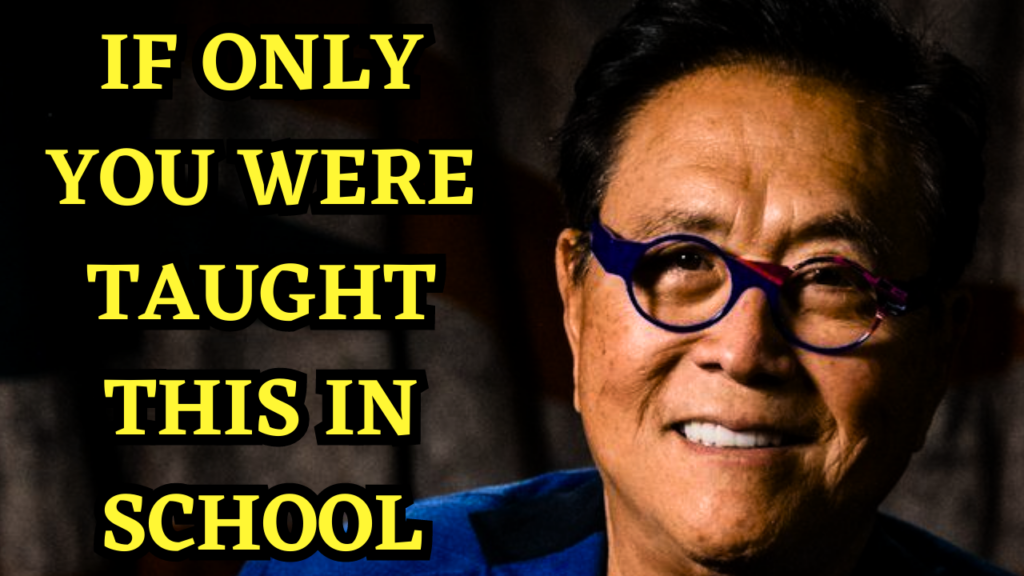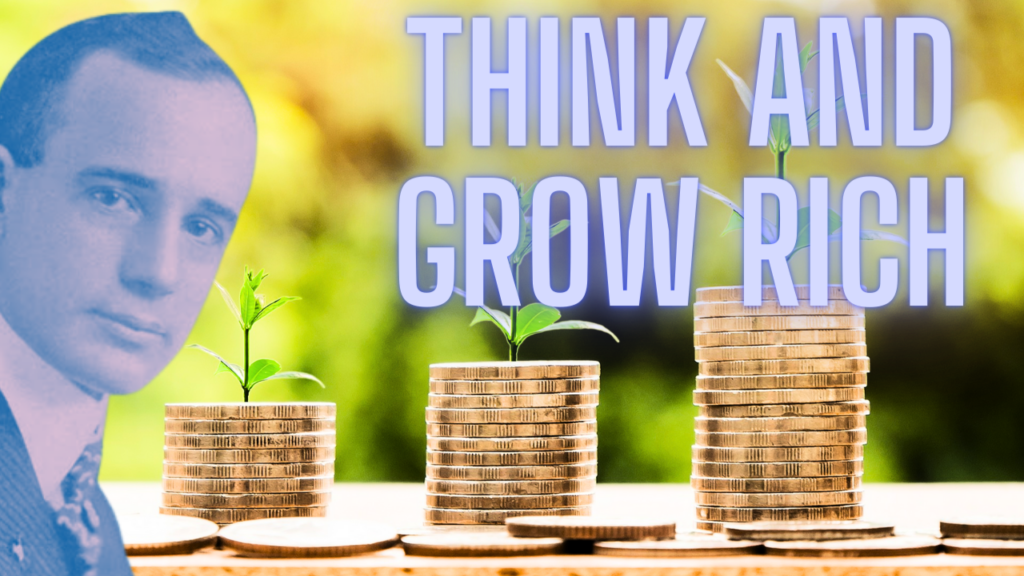Introduction
Procrastination is a common problem that affects productivity and can cause stress and anxiety. Whether you’re struggling with procrastination at work, school, or in your personal life, there are strategies you can use to overcome it. In this post, we’ll discuss five strategies that have been proven effective in addressing procrastination and guide you in your journey of how to be a better person.

The 5 Second Rule by Mel Robbins

The 5 Second Rule” by Mel Robbins addresses procrastination by introducing a simple but powerful technique to overcome it. The author suggests that the key to overcoming procrastination is to take action immediately before your mind has a chance to talk you out of it. She calls this technique the “5 Second Rule.
The idea behind the 5 Second Rule is to count down from 5 to 1 and take action before your mind can come up with excuses. This technique can be used to overcome procrastination in any area of your life, whether it’s starting a new project, making a difficult phone call, or going to the gym.
Let’s say you have been procrastinating on making an important phone call. You feel anxious and keep telling yourself you will do it later. Instead of letting the anxiety build up, you can use the 5 Second Rule to take action. Count backwards from 5 to 1 and then take action immediately. Pick up the phone and make the call without giving yourself a chance to overthink it. By taking action quickly, you can break through the hesitation and anxiety that were holding you back.
Resources to help you learn more about how to be a better person:
- Learn more about the The Power of Persistence
- How to be a better person by Positive Thinking
Eat That Frog! by Brian Tracy

“Eat That Frog!” is a self-help book that focuses on increasing productivity by addressing procrastination. The book provides 21 strategies for overcoming procrastination and increasing productivity. One of the main concepts presented in the book is the idea of “eating the frog,” which means tackling the most difficult and important task first thing in the morning.
Tracy asserts that tackling the toughest task first can enhance productivity and avert procrastination. To conquer procrastination, he proposes dividing the project by fragmenting it into smaller, more feasible portions. This technique is commonly referred to as the “salami slice” method in the productivity sphere.
Let’s say you have a large project to complete, such as writing a book. The thought of completing such a big task can be overwhelming and lead to procrastination. Instead of trying to tackle the whole project at once, you break it down into smaller, more manageable tasks.
Using the “salami slice” technique, you would break the project down into small, actionable steps. For example, you might start by writing an outline of the book. This can be broken down further into researching the topic, drafting the chapters, and editing the final manuscript.
Each of these tasks is a “slice” of the larger project. By focusing on one slice at a time, you can make steady progress and avoid feeling overwhelmed. This technique helps to reduce procrastination by making tasks more manageable and achievable.
Resources to help you learn more about how to be a better person:
Atomic Habits by James Clear

The 2-minute rule is a productivity strategy mentioned in the book “Atomic Habits” by James Clear. The rule suggests that if a task can be completed in less than two minutes, it should be done immediately. The idea is that by completing these small tasks right away, individuals can build momentum and establish a habit of taking action, which can help prevent procrastination
The 2-minute rule can be effective in stopping procrastination because it helps individuals overcome the hurdle of getting started. Often, we delay tasks because they seem overwhelming or we don’t know where to begin. By breaking the task down into a 2-minute action, we eliminate this barrier and make it easier to take action.
For example, if your goal is to start exercising regularly but you struggle with procrastination, you can apply the 2-minute rule by committing to doing 2 minutes of exercise each day. This could be as simple as doing a few stretches or taking a short walk. Once you have developed the habit of doing 2 minutes of exercise each day, you can gradually increase the duration and intensity.
Resources to help you learn more about how to be a better person:
The Procrastination Equation by Piers Steel

“The Procrastination Equation” by Piers Steel delves into the science of procrastination and provides various strategies to overcome it. The author argues that procrastination is not just a problem of time management but also one of motivation. He discusses the four factors that contribute to procrastination: expectancy, value, impulsiveness, and delay.
Steel suggests that people can increase their motivation to complete tasks by increasing their expectancy of success, the value they place on the task, and reducing impulsiveness and delay. He also offers techniques such as setting specific goals, using positive self-talk, and employing the “if-then” planning method to overcome procrastination.
The book suggests using implementation intentions as a solution to procrastination, which involves pre-planning specific actions to take for a given task. For instance, if you have a report to write, you can plan to write for 30 minutes each day after breakfast. This reduces the chances of procrastination and boosts the chances of success, thus making it easier to start and finish the task.
Resources to help you learn more about how to be a better person:
The Now Habit by Neil Fiore

“The Now Habit” by Neil Fiore is a comprehensive guide to overcoming procrastination. The author addresses the underlying psychological reasons for procrastination, such as fear of failure, perfectionism, and low self-esteem. He offers a variety of strategies to help readers break the cycle of procrastination and increase their productivity.
One of the key concepts in the book is the idea of “unscheduling,” which involves prioritizing leisure time and scheduling work around it. This approach allows individuals to view their work as a choice rather than an obligation, which can reduce feelings of anxiety and resistance. Fiore also emphasizes the importance of identifying and addressing the root causes of procrastination, such as negative self-talk and limiting beliefs.
Let’s say you have a big project due in two weeks, but you’ve been putting it off because it feels overwhelming. You decide to use the unscheduling method to break down the project into smaller, more manageable tasks.
First, you create a list of all the tasks that need to be done to complete the project. This might include researching, outlining, drafting, revising, and editing.
Next, you assign each task a specific time slot on your unschedule. For example, you might schedule an hour of research on Monday morning, two hours of outlining on Tuesday afternoon, and so on.
You also schedule in blocks of time for guilt-free play and relaxation, which can help you avoid burnout and stay motivated.
By creating a detailed plan for how you will spend your time, you take away the decision-making process that often leads to procrastination. Instead of wondering what to work on next or how to prioritize your tasks, you simply consult your unschedule and follow the plan you’ve created. This can help you stay on track and make steady progress towards your goal, ultimately helping you overcome procrastination.
Resources to help you learn more about how to be a better person:
Conclusion
In conclusion, procrastination can be a frustrating and debilitating habit that affects many areas of our lives. However, with the right strategies and techniques, we can overcome it and increase our productivity and well-being. Whether it’s using the 5 Second Rule, eating the frog, or employing the 2-minute rule, finding the right technique that works for you can make all the difference. So don’t let procrastination hold you back, take action today!
Resources to help you learn more about how to be a better person:




Pingback: Transform Your Life: How to Be a Better Person with the 'Who Not How' Mindset - Book Butter
Pingback: 27 Actionable Thoughts from 'The Seven Habits of Highly Effective People' by Stephen Covey to Learn How to be a Better Person - Book Butter